My mother is not Angelina Jolie
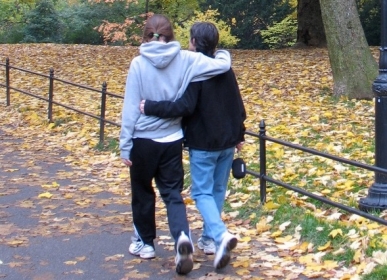
The author and her mother
Last week, Angelina Jolie announced that she recently had a double mastectomy: surgery to remove both of her breasts. She chose to undergo such a difficult procedure because she, like her mother who had breast cancer (and died of ovarian cancer), carries the BRCA1 gene, a genetic mutation that significantly raises her risk of breast and ovarian cancer. While Jolie does not have cancer, this surgery lowers her chances of developing the disease in the future.
That otherwise healthy women are choosing to take such drastic steps to reduce their risks of cancer demonstrates a willingness to make profound sacrifices for health. But it also raises the question of what options for prevention are available to the millions of other women who develop breast cancer, even though they have no known genetic risk factor. Approximately 90-95% of breast cancer cases cannot be attributed to BRCA1 or other genetic mutations; these cases are triggered by various factors in a woman’s environment.
My mother’s cancer, diagnosed ten years ago this month, falls into this category. So once again, I’m reminded of the obvious: the life of superstar Angelina Jolie does not reflect the life of my mother or the lives of the vast majority of women.
For my mother, who was otherwise healthy and has no family history of the disease, the unexpected and unexplained diagnosis led only to unanswered questions and a feeling of lack of control. And I’m left with only uncertainty about my own risks.
Given that most cancers cannot be linked to genetics, many women, like me, are searching for more reliable information about environmental factors and exposures that may contribute to the disease.
Several hundred chemicals have been identified as potential breast carcinogens, and they can be found in commonly used cosmetics, household products, plastics, and pesticides. Yet, we still do not know enough about the extent to which or how these chemicals promote disease.
In February 2013, the Interagency Breast Cancer and Environment Research Coordinating Committee (IBCERCC) published a report urging more research into the environmental contributors to breast cancer. And in a blog post response, my colleague Sarah Vogel highlighted this call for greater attention to environmental risk factors in our national cancer prevention strategy.
But undertaking this crucial research is just the first step. While Jolie was able to reduce her risk of genetically-based cancer through surgery, my mother was essentially powerless to reduce her risk of cancer from environmental exposures. That’s because suspected breast carcinogens are found in numerous everyday products, and daily exposure can occur from a variety of sources outside of an individual’s control.
A key part of a prevention strategy for breast cancer, then, must involve an overhaul of our outdated national chemical regulatory system,including increased testing of chemicals for breast carcinogenicity. Until we have strong, comprehensive policies to ensure the safety of everyday products, true prevention for the majority will remain frustratingly out of reach.
Jolie demonstrated that women will go to great lengths to protect themselves from this devastating disease, and I have nothing but admiration for the actions that she took. But responsibility for prevention cannot fall on each individual woman alone. Jolie’s story should be a call to all of us to demand prevention-focused research and health-protective policies. Together, we can support a system that promotes the well-being of all of the women in our lives.
This post first appeared on our Chemicals and Nanomaterials blog.

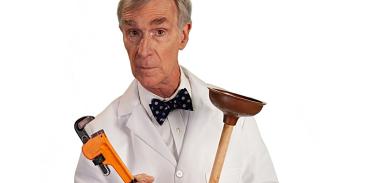
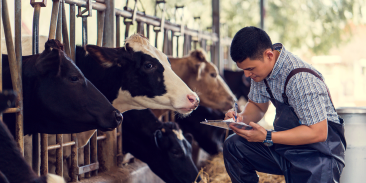

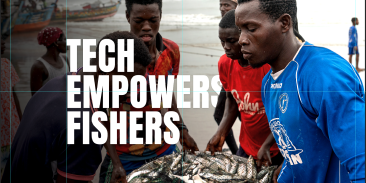



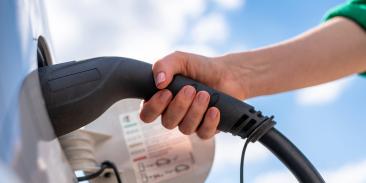
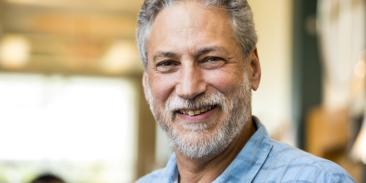

I am sorry about your mother's cancer. Thank you for the well written, thought provoking post.
SchwenLarson
May 26, 2013 at 6:31 pm